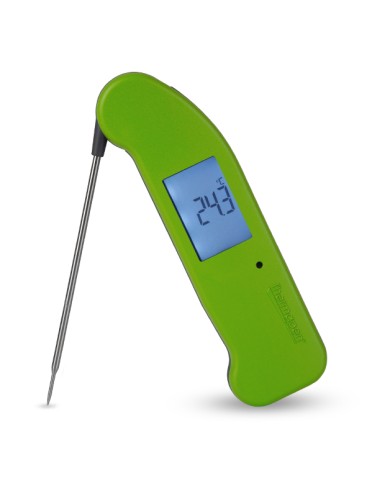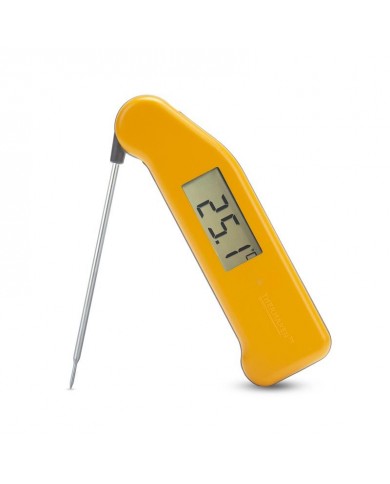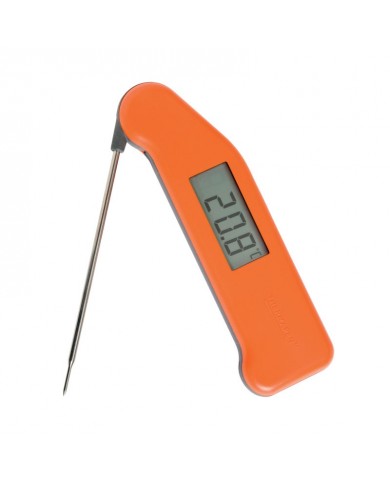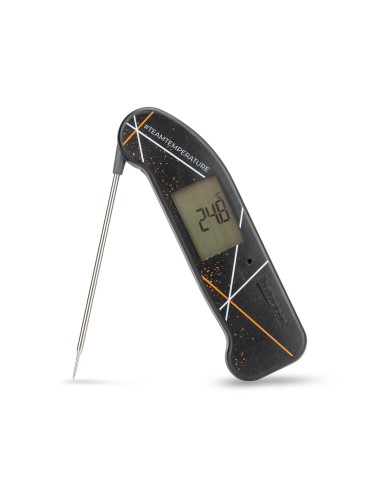Charlotte Stirling-Reed's Top Tips To Weaning
- 14 Mar 2019
- Home , Chefs , Tips, Advice & Info , Charlotte Stirling-Reed , Family & Kids
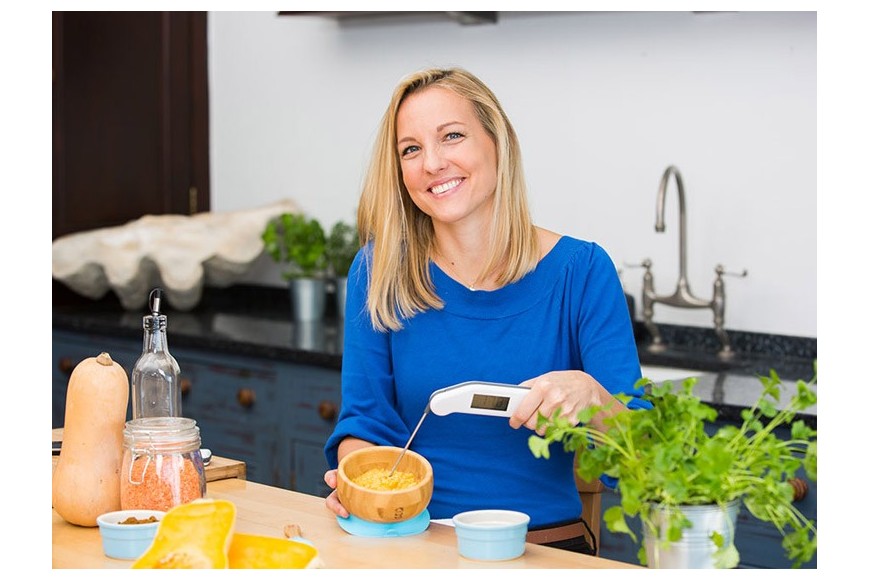
Today we have registered nutrition consultant Charlotte Stirling-Reed on board with us to help give all you new mums and dads out there some top weaning tips! We have been working with Charlotte for delicious baby food recipes and learning more about the different types of weaning. So, over to Charlotte…
As a Child Nutritionist I’m asked questions every day about introducing solid foods to babies. It can be a really nerve wracking experience for many parents. One of my aims is to try to help take the pressure off and fill parents with confidence around offering foods to babies to help make the experience enjoyable for both parents and their little ones.
Here's my TOP TIPS for introducing your little one to solid foods.
Preparation is key.
Prep for weaning as much as you can. It’s good to do a bit of reading in advance to build your own confidence before you start. It can be a good idea as well to get equipment ready such as plastic or bamboo bowls and spoons for baby and the Thermapen Digital Thermometer is also a good option to help you get the temperature of baby’s first foods right.
Have fun with it!
Introducing solid foods should be all about experimenting with baby! Trying new tastes and textures, and all the wild facial expressions that will likely go along with this too. It’s so important to try and stay relaxed and calm as much as possible during mealtimes to make them an occasion that baby wants to be part of! They will pick up on your anxieties at mealtimes, and it might make them more anxious to try new foods. So whatever works, try and bring enjoyment and fun to weaning.
Get a routine in asap.
Children (and babies) notoriously love routine and this is the same when it comes to introducing solid foods too. Try to start offering foods once a day at a time when you have a nice calm environment and when baby is not too full and not too hungry. Offer foods at a similar time each day so that baby knows when to expect their usual milk feed and when to expect solids. Start building on this routine by adding another meal in after a week or so and then finally a third meal in so that baby is having something similar to breakfast, lunch and dinner after a month or so of weaning.
Allow baby to guide you with his or her own appetite.
Your baby is the best person to know when they are full or hungry, so learn to recognise and respond to signs that your baby has had enough or wants a little more at mealtimes. Clamping their mouth shut, turning their head away and spitting food out are all signs that baby has had enough. It is best to remember that – you should decide what food baby eats, but let them decide how much.
Always think variety!
So often I get asked questions about what foods should or shouldn’t be given to baby. After 6 months most foods are OK to offer except honey, salt and sugar, undercooked meat or fish and certain types of fish and cheese. So after introducing first tastes to baby, it’s a good idea to then build on the variety they have in their diet every day. Lots of research shows that the more variety children are offered in the early years, the more variety they are likely to eat as they get older.
Don’t give up.
Weaning your baby onto solid foods needs patience and persistence. It can take up to ten times before new foods are accepted, so if baby refuses foods make sure you are offering the right texture and try again next time. I always recommend that people don’t add foods to a list of foods that baby won’t eat too soon. Also if you’re eating with baby, that can hugely help too!
I hope these are helpful. I could go on for weeks with these top tips, but it’s all about taking the pressure off, eating together and most importantly enjoying the weaning experience with your little one.



